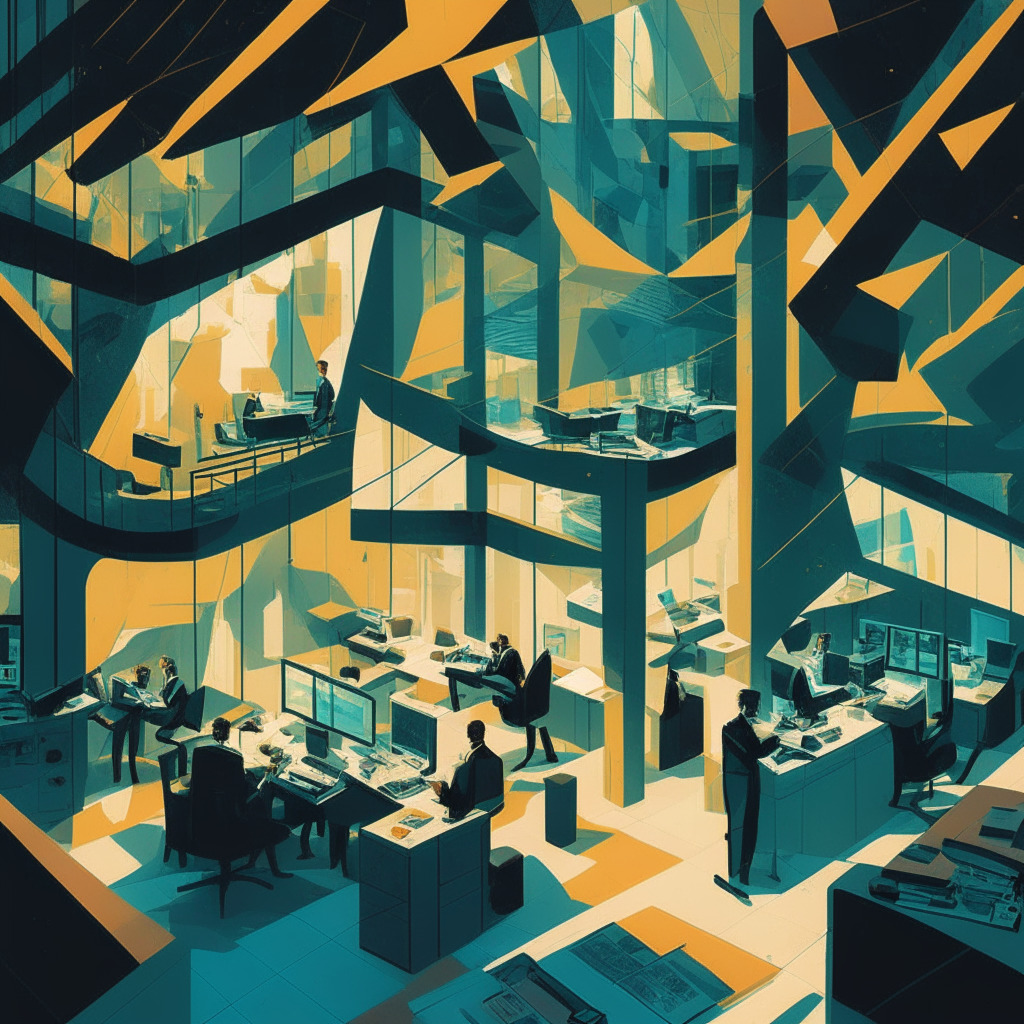In the aftermath of the ICO boom in 2018, the dream that “everything will be on a blockchain” seemed far-fetched. However, the idea of a broader range of assets existing on a blockchain has become more plausible over the years. Today, numerous assets are traded electronically without any actual transfer of physical goods.
During a recent interview on the 1000X podcast, Don Wilson, founder of trading firm DRW and co-founder of Digital Asset Holdings, discussed the potential future of traditional finance assets making a move to the blockchain. He highlighted an important underlying problem concerning physical assets like nickel, for instance, which still has an intimate link to the physical world that is crucial to address. On the other hand, many financial instruments, such as equities and Treasurys, are already virtual in nature, making them better suited for digitization, or as podcast host Van Bourg describes it, “blockchain-ification.”
Wilson describes the growing capacity for digitizing assets built on the Canton Network, a platform that uses permissioned blockchains to connect various bank and financial applications, offering ease of use and security across the platforms. This technology allows for the real-time movement of value and even 24/7 access, which can potentially make clearinghouses more resilient.
However, the current system of moving capital is clunky, and wiring money internationally is still slow and has numerous restrictions. Additionally, the movement of capital in today’s financial system requires considerable extra capital due to delays.
In conclusion, it’s crucial for financial institutions to move out the risk curve and have access to powerful low-latency tools and connectivity, ensuring they are in a strong spot to embrace digitization. The idea of traditional finance assets existing on blockchain might have appeared as a pie in the sky during the ICO boom, but it is gradually becoming an inevitable future in the financial space, with all its benefits and drawbacks.
Source: Blockworks




